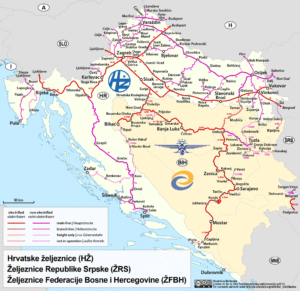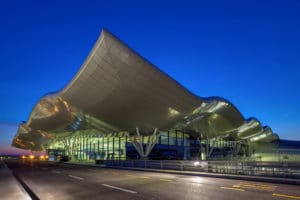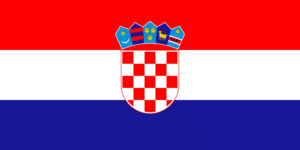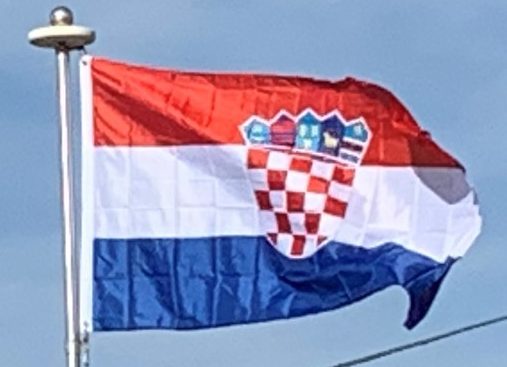Croatia has an extensive rail network spanning 2,722 kilometers (1,691 miles), including 984 kilometers (611 miles) of electrified railways and 254 kilometers (158 miles) of double track railways. The most significant railways in Croatia are found within the Pan-European transport corridors Vb and X connecting Rijeka to Budapest and Ljubljana to Belgrade, both via Zagreb. All rail services are operated by Croatian Railways.

There are international airports in Dubrovnik, Osijek, Pula, Rijeka, Split, Zadar, and Zagreb. The largest and busiest is Franjo Tuđman Airport in Zagreb. As of January 2011, Croatia complies with International Civil Aviation Organization aviation safety standards and the Federal Aviation Administration upgraded it to Category 1 rating.

The busiest cargo seaport in Croatia is the Port of Rijeka and the busiest passenger ports are Split and Zadar. In addition to those, a large number of minor ports serve an extensive system of ferries connecting numerous islands and coastal cities in addition to ferry lines to several cities in Italy. The largest river port is Vukovar, located on the Danube, representing the nation’s outlet to the Pan-European transport corridor VII.
Flag of Croatia:
The national flag of Croatia or The Tricolor is one of the state symbols of Croatia. It consists of three equal size, horizontal stripes in colors red, white and blue. In the middle is the coat of arms of Croatia.
The flag combines the colors of the flags of the Kingdom of Croatia (red and white), the Kingdom of Slavonia (blue and white) and partially of the Kingdom of Dalmatia (blue and yellow). Those three kingdoms are the historic constituent states of the Croatian Kingdom.

The red-white-blue tricolor has been used as the Croatian flag since 1848, and the pan-Slavic colors are widely associated with romantic nationalism. While the Banovina of Croatia existed within the Kingdom of Yugoslavia, it had a similar flag without the modern crown above the chequy. During the Independent State of Croatia, the flag was like the modern, but without crown and there was the letter “U” at the top left of the flag. Also, the first field of Croatian chequy was white. While Croatia was part of the SFR Yugoslavia its tricolour was the same, but it had a five-pointed red star with a yellow border in place of the coat of arms. The star was replaced by the coat in May 1990, shortly after the first multiparty elections. The current flag and the coat of arms were officially adopted on 21 December 1990, about ten months before the proclamation of independence from Yugoslavia and a day before the Constitution of Croatia on 22 December 1990.
The shield is in the red and white checks of Croatia. Above is a crown made of shields of its various regions. From left to right they are the ancient arms of Croatia, Dubrovnik, Dalmatia, Istria and Slavonia.
